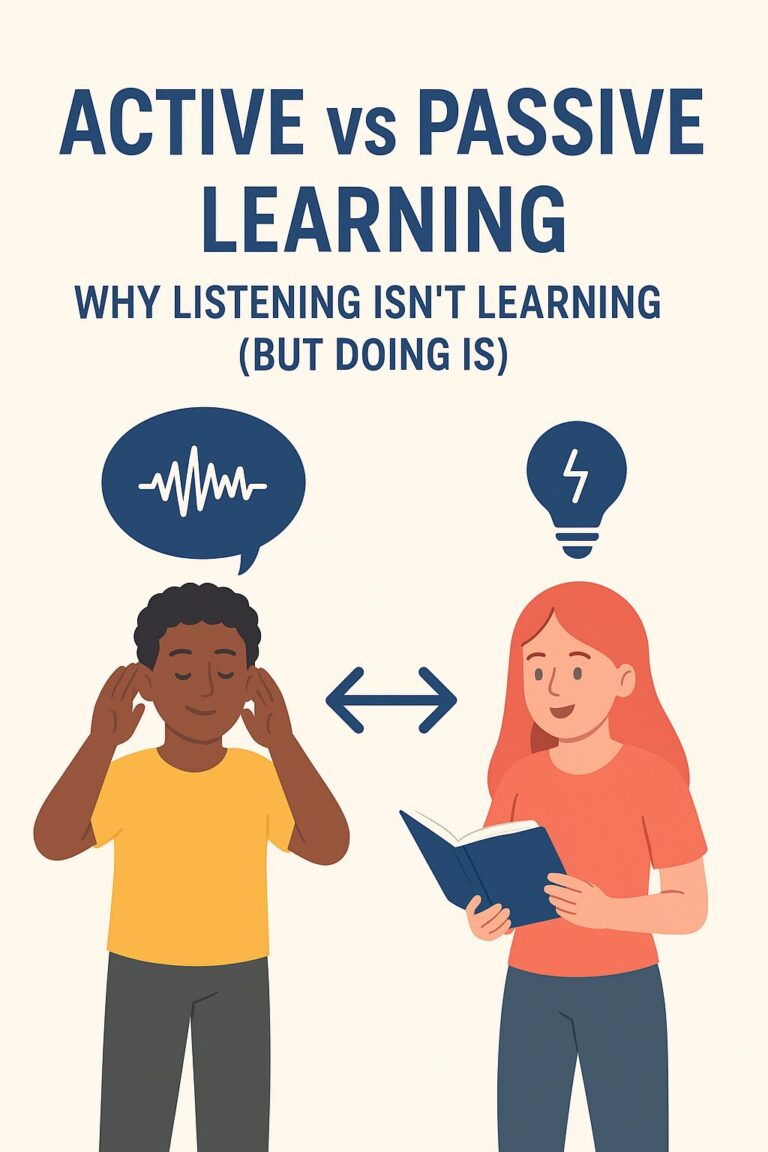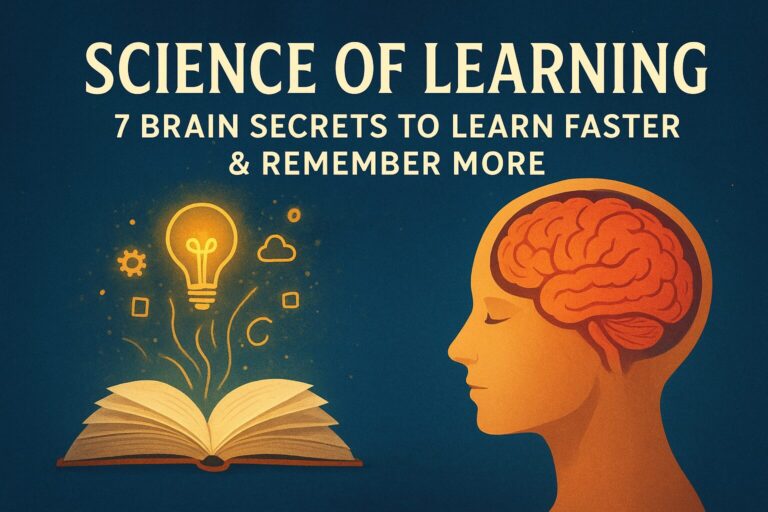
When you’re in the kitchen waiting for water to boil, you’ve probably wondered: does stirring make water boil faster? It feels like it should after all, stirring moves the water around, spreads heat, and creates movement. But does that really speed up boiling, or is it just another cooking myth? Let’s break it down.
The Science of Heat Transfer
When water heats on the stove, heat transfers from the burner into the pot and then into the water. Inside the pot, convection currents form naturally: hot water rises, cooler water sinks. This circulation eventually evens out the temperature.

Stirring mimics this process by manually moving cooler water at the bottom toward the heat source. So yes, stirring can even out the temperature and slightly speed up heating at the very beginning. But it doesn’t change the fact that water only boils when it reaches 100°C (212°F at sea level).
Does Stirring Really Boil Water Faster?

Here’s the truth: stirring alone doesn’t significantly reduce the time it takes to boil water. Why? Because the limiting factor isn’t movement – it’s energy input from the stove. Unless stirring adds extra energy (and it doesn’t), the boiling point remains the same.
In experiments, stirred water may boil a tiny bit faster in the early stages because of even heat distribution, but once convection currents kick in naturally, there’s no real advantage.
Think of it like pushing a swing: once it’s already in motion, your extra nudges don’t matter unless you add more force.
Stirring vs. Using a Lid

Now here’s a real game-changer: using a lid on your pot. A lid traps heat and steam, preventing energy from escaping. This raises the pressure slightly inside the pot and keeps heat focused on the water. That’s why a covered pot of water boils way faster than one that’s stirred without a lid.
So if you’re looking to save time, don’t stir constantly – just put on a lid!
When Stirring Actually Helps

Even if stirring doesn’t make water boil much faster, it’s still useful in cooking. For example:
- Cooking pasta or rice – stirring prevents sticking.
- Heating soups or stews – it keeps ingredients from settling and burning at the bottom.
- Dissolving sugar or salt – stirring spreads particles evenly, so they dissolve quicker.
In other words, stirring is less about making water boil faster and more about making cooking smoother.
Everyday Experiment: Try It Yourself

Curious? Try a little experiment at home:
- Fill two identical pots with the same amount of water.
- Heat both on the same stove.
- Stir one pot gently every 30 seconds, and leave the other untouched.
- Compare the boiling times.
Chances are, the difference will be so small you’ll barely notice it. But you will see how much faster a lid beats both!
The Everyday Question
You’re boiling water for tea or pasta and someone starts stirring the pot. But does that actually make the water boil faster, or is it just a habit?
The Science of Boiling
Water boils when it reaches 100°C (212°F) at sea level. Getting there depends on how evenly heat spreads through the pot.
- Without stirring → heat rises slowly from the bottom.
- With stirring → you mix hot and cold spots, speeding up how evenly the water heats.
👉 Translation: Stirring doesn’t lower the boiling point – but it helps the whole pot reach it more evenly.
So, Does It Really Work?
- Yes, but only a little. Stirring distributes heat faster, so boiling may start slightly earlier.
- But it’s not a magic trick. The stove’s heat is the main driver. Stirring just helps spread that heat out.
- Too much stirring? It can actually slow things down if you’re constantly lifting heat away from the bottom.
Quick Visual (Infographic Idea)
| Pot Condition | What Happens | Time to Boil |
|---|---|---|
| No Stirring | Hot bottom, cold top | Normal |
| Light Stirring | Heat spreads evenly | Slightly faster |
| Over-Stirring | Heat disrupted | Slower |
Try It Yourself (Does Stirring Make Water Boil Faster?)
- Fill two pots with equal amounts of water.
- Leave one untouched.
- Stir the other every 30 seconds.
- Compare which boils first.
The stirred pot might edge ahead, but the real speed boost still comes from using a lid.
Why This Matters (Student Angle)
- Shows convection currents in action.
- Connects physics (heat transfer) to everyday cooking.
- Great demo for science fairs or class experiments.
Quick FAQs (Does Stirring Make Water Boil Faster?)
Does stirring change the boiling point?
No – boiling point stays the same. Stirring just spreads heat more evenly.
Which is faster: stirring or using a lid?
The lid is way more effective. Stirring helps, but only a little.
Is stirring necessary? (Does Stirring Make Water Boil Faster?)
Not for boiling water alone, but useful for cooking food evenly (like pasta)
So, does stirring make water boil faster? The short answer: not really. Stirring helps with heat distribution and cooking consistency, but the real secret to boiling water faster is covering the pot with a lid.

Next time you’re in the kitchen, skip the extra stirring and let science do its job. Your pasta – and your patience – will thank you.
Related Links
- Does Sugar Make Water Boil Faster or Slower?
- Why Does Water Boil Faster With a Lid On?
- Does Hot Water Freeze Faster Than Cold?
Want more fun science experiments and clear answers to everyday questions? 🌍✨
👉 Explore more at educify.org and turn curiosity into knowledge













